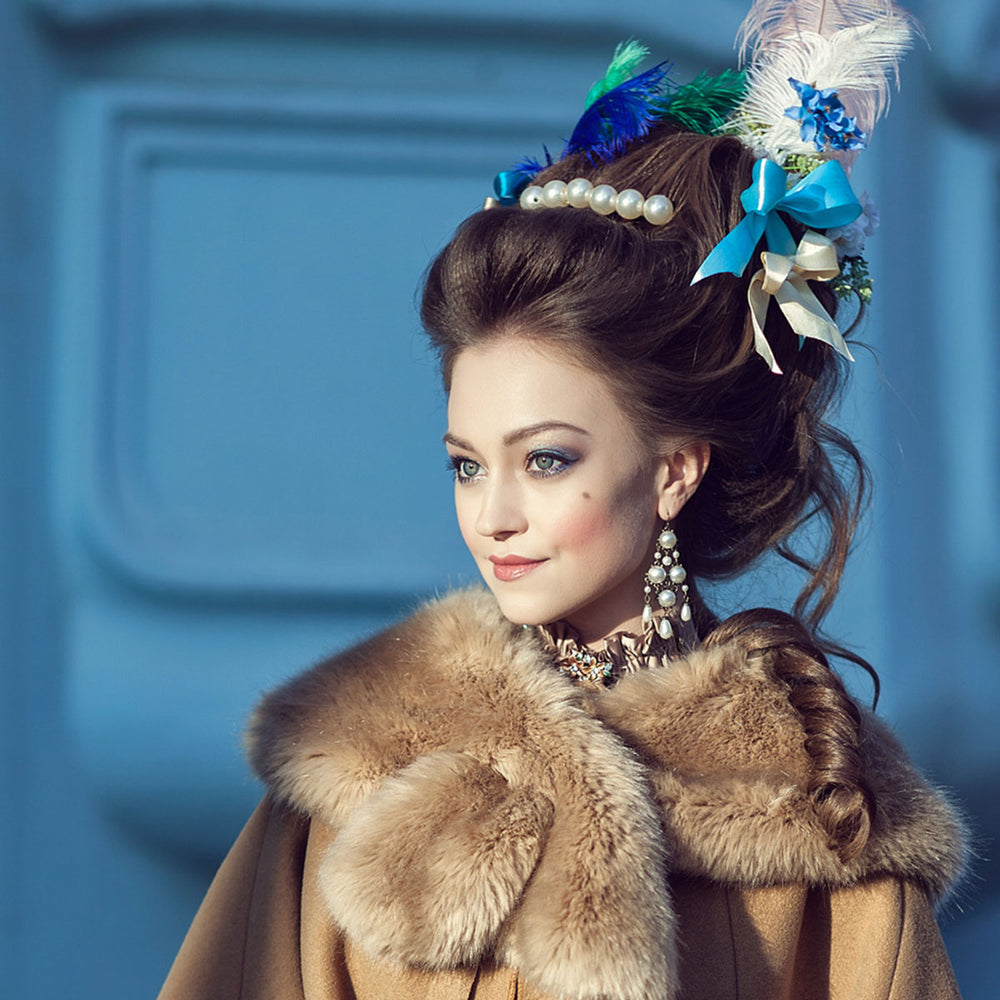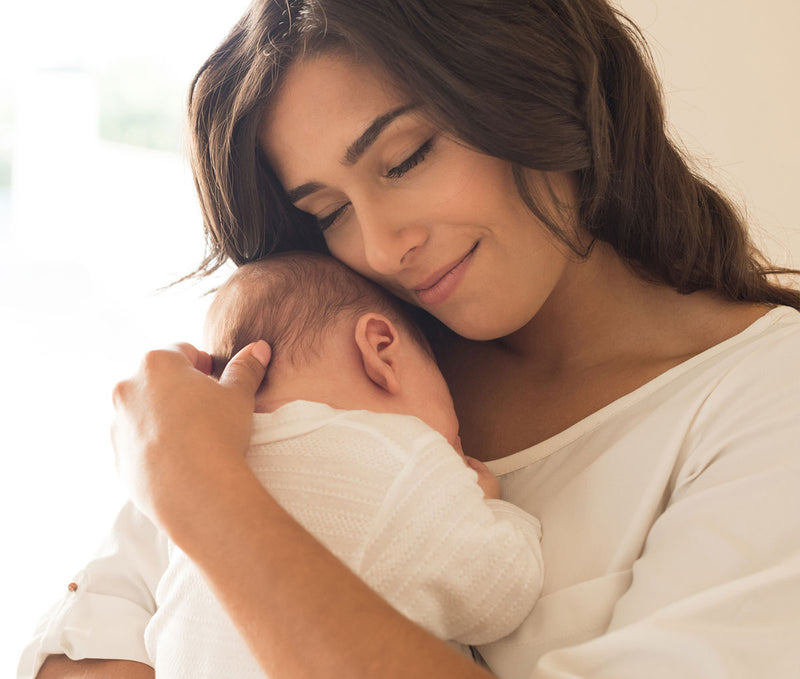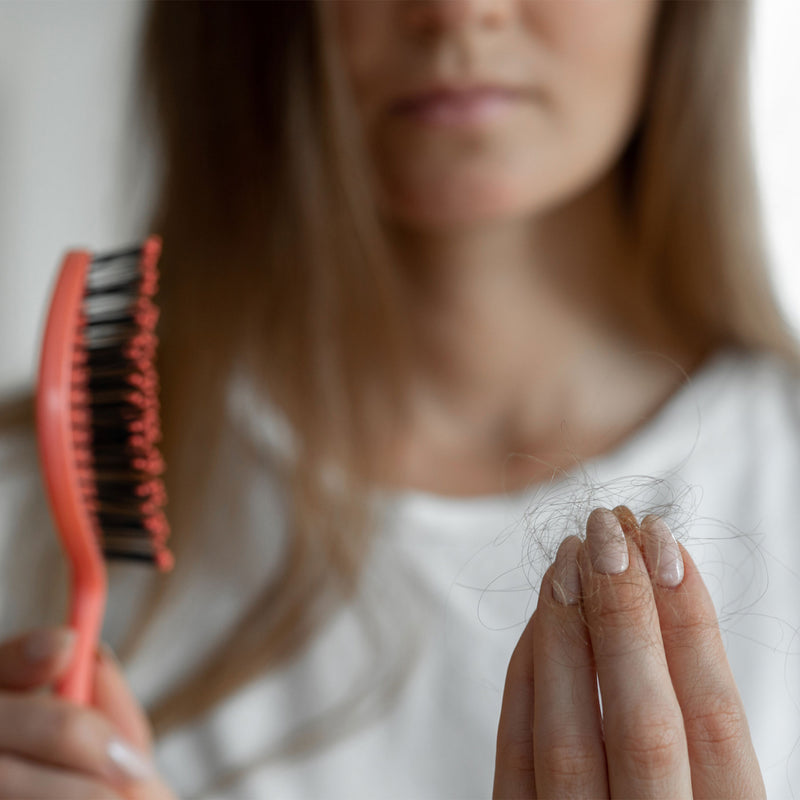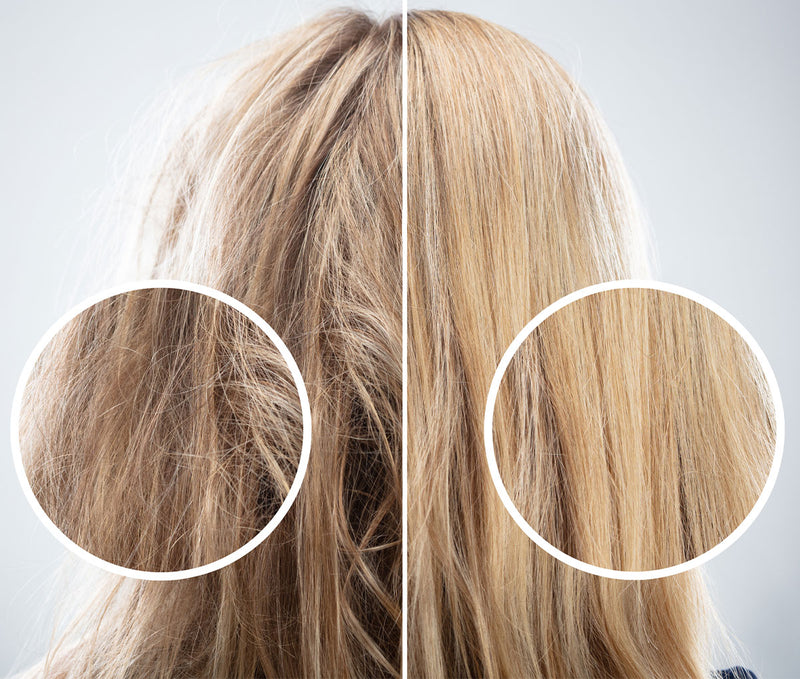Women's hairstyles have undergone a dramatic transformation throughout history, serving as a reflection of the societal, cultural, and political landscapes of each era. Let's delve deeper into the history of women's hairstyles, exploring the intricate details and iconic styles of each time period.
Ancient Civilizations (3000 BCE – 500 CE)
Egypt (3100 BCE – 30 BCE): Women in ancient Egypt often kept their hair short or shaved their heads to stay cool in the hot climate. They adorned themselves with elaborate wigs for special occasions, with wealthier women opting for wigs made of human hair. Hair accessories made from gold, beads, and gemstones signified social status.
Greece (800 BCE – 500 CE): Grecian women favored long, flowing hair, styled in intricate updos featuring braids and curls. They used a variety of hairpins and wore headbands known as "diadems," which were often made from precious metals.
Rome (509 BCE – 476 CE): Roman women embraced a variety of hairstyles throughout the empire’s existence, with wealthier women opting for elaborate styles featuring curls and braids, held in place with ivory pins and decorated with ribbons.
Medieval Times (500 – 1500)
Early Medieval (500 – 1000): Simplicity defined early medieval hairstyles. Women kept their hair long and often wore it in braids. Head coverings were prevalent, with wimples and veils being popular choices.
High & Late Medieval (1000 – 1500): As we move into the later medieval period, hairstyles became more intricate, with women wearing their hair in elaborate braids and buns, often covered with elaborate headdresses such as the hennin.
Renaissance (14th – 17th Centuries)
Italian Renaissance (14th – 16th Centuries): Women in the Italian Renaissance wore their hair in long, flowing locks, with braids wrapped around their heads. Pearls and gemstones were woven into the hair for added luxury.
Elizabethan Era (1558 – 1603): The latter part of the Renaissance in England saw women emulating Queen Elizabeth I’s iconic red hair. They wore their hair in high, elaborate styles, adorned with pearls and lace.
17th to 19th Centuries
Baroque Period (1600 – 1750): Women’s hairstyles reached new heights during the Baroque period, with elaborate curls and waves piled high on the head, often powdered to achieve a pale hue.
Victorian Era (1837 – 1901): The Victorian era saw a return to more demure hairstyles, with women wearing their hair up in buns and braids. However, evening styles could be more elaborate, with cascading curls and intricate updos.
20th Century
1920s: The Roaring Twenties introduced radical change with the bob, a short and sleek hairstyle that embodied women’s newfound independence.
1940s & 50s: Post-WWII, hairstyles took on a glamorous tone, with waves, pin curls, and victory rolls. The 1950s introduced the beehive, a towering hairstyle that required plenty of hairspray.
1960s to 80s: These decades were marked by diversity, from the long, straight hair and afros of the 60s and 70s to the punk-inspired mohawks and mullets of the 80s.
21st Century & Current Trends
2000s: The turn of the millennium saw the popularity of sleek, straightened hair and highlights. Variations of the bob made a comeback, with asymmetrical styles gaining popularity.
2010s: The rise of social media influencers introduced a variety of hairstyles to the mainstream, with beach waves, braided updos, balayage, and natural hair movements taking center stage.
Contemporary Trends: A Fusion of Styles
In today's world, women's hairstyles are as diverse and eclectic as ever. From natural textures to bold colors, contemporary trends are a fusion of influences that celebrate individuality and creativity.
Natural Texture: Many women now embrace their natural hair textures, whether it's the luscious curls, waves, or coils they were born with. This trend celebrates authenticity, encouraging women to embrace their unique beauty and reject the notion of a one-size-fits-all ideal.
Short Hair: Short haircuts, such as pixie cuts and variations of the bob, remain popular for their chic and low-maintenance appeal. These styles convey confidence and modernity, allowing women to express themselves with flair and ease.
Pastel Colors: Creative coloring has taken center stage in recent years, with pastel shades and unconventional hues gaining popularity. Women are using their hair as a canvas for self-expression, opting for colors that reflect their personalities and moods.
Sustainable Styles: In an era of increased environmental consciousness, sustainable hairstyles like dreadlocks and braids have gained traction. These styles require fewer chemicals and less frequent hair treatments, aligning with the eco-conscious values of many individuals.
The current decade continues to celebrate individuality and authenticity, with a renewed appreciation for natural hair textures. The shag haircut and pixie cut remain popular, while adventurous hair colors, including pastels and vibrant hues, are increasingly embraced.
The Journey Continues
From the intricate wigs of ancient Egypt to the bold styles of today, women have used their hair to express identity, social status, and individuality. Women's hairstyles have traversed centuries, cultures, and fashion paradigms, evolving to reflect changing societal norms and individual preferences. From the artistic achievements of ancient civilizations to the rebellious spirit of the 20th century and the diverse trends of today, women's hairstyles have remained a powerful form of self-expression and identity. In this ever-evolving realm of beauty and creativity, women have the freedom to choose from a wide array of styles that cater to their unique personalities, celebrating the enduring and dynamic nature of women's hair fashion.
As we look forward to future trends, one thing is certain—the world of women’s hairstyles will continue to evolve and inspire!






